Abstract
The research project How to do things with performance? examines the transformative potential of performance in a practical and experimental manner, from an aesthetic (Järvinen), social (Porkola), critical (Nauha), and environmental (Arlander) perspective. The lecture performance presented at CARPA6 consisted of four talks with brief comments, including a participatory dance event or office disco, and a quartette or sound performance. The questions explored include the following: Is what makes performance performance an aesthetic quality and if so, what differentiates it from the not-aesthetic? How do public space and private space overlap and intersect in the context of an institution, like an office? How to perform “the office”?” How do practices, institutions, and potentialities correlate futures? By building bridges between traditions and futures, what do we reclaim for our use? Could expanding the idea of who or what performs assist in decolonizing our relationship to the environment, to everything else around us?
– – –
For CARPA6 (Colloquium on artistic research in performing arts) the HTDTWP (How to do things with performance) project prepared a performance lecture or lecture demonstration, called the transformative potential of performance. In response to the call we promised to
“examine the transformative potential of performance in a practical and experimental manner, from an aesthetic (Järvinen), social (Porkola), critical (Nauha), and environmental (Arlander) perspective, in this lecture performance, which consists of four talks with brief comments, including a participatory dance event or office disco, and a quartette or sound performance.”
The actual performance took place at the Kiasma Theatre stage on Thursday 29th August 2019 between 11.15 am and 1 pm, and consisted of four parts, including a brief introduction by Annette Arlander and a final sound quartet by all four members of the research group.
This script for the lecture demonstration presents the four parts each on their own page, while this framing page contains only the beginning and the end.
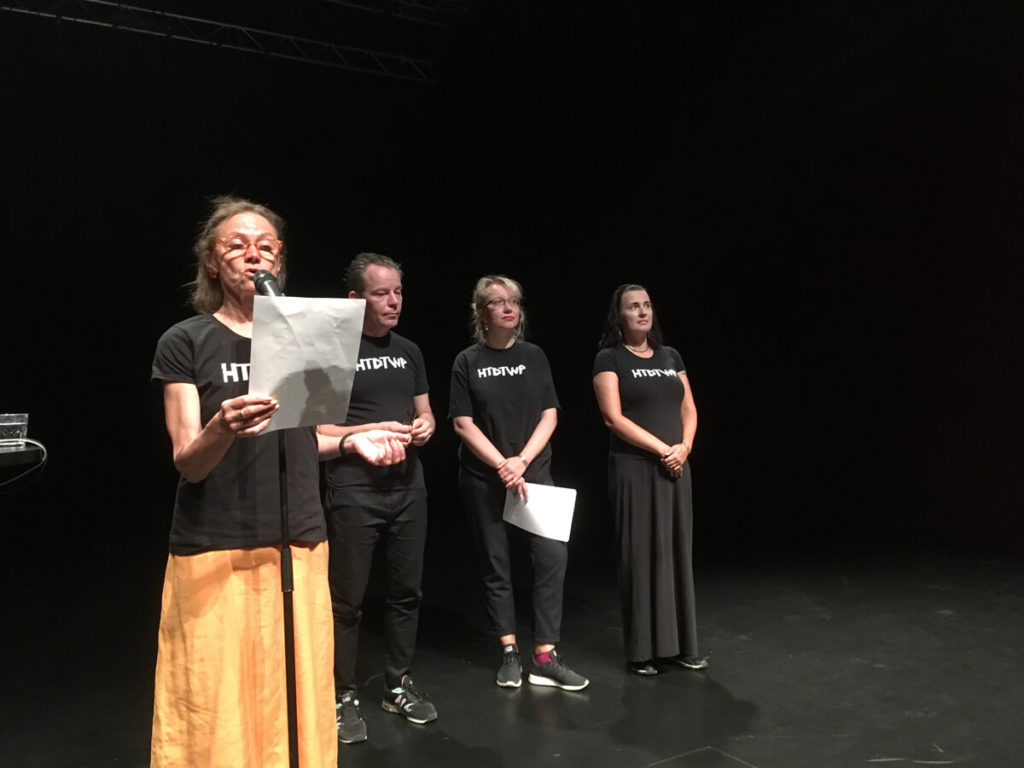
Annette Arlander: Today the research project How to do things with performance? will examine the transformative potential of performance in a practical and experimental manner, from a critical, social, environmental, and aesthetic perspective, in this lecture performance, which consists of talks, a participatory dance event or office disco, and a quartette or sound performance. The questions explored are the following:
Tero Nauha: How do practices, institutions, and potentialities correlate futures? By building bridges between traditions and futures, what do we reclaim for our use?
Pilvi Porkola: How do public space and private space overlap and intersect in the context of an institution, like an office? How to perform “the office”?”
Annette Arlander: Could expanding the idea of who or what performs assist in decolonizing our relationship to the environment, to everything else around us?
Hanna Järvinen: Is what makes performance performance an aesthetic quality and if so, what differentiates it from the not-aesthetic?
Let’s begin.
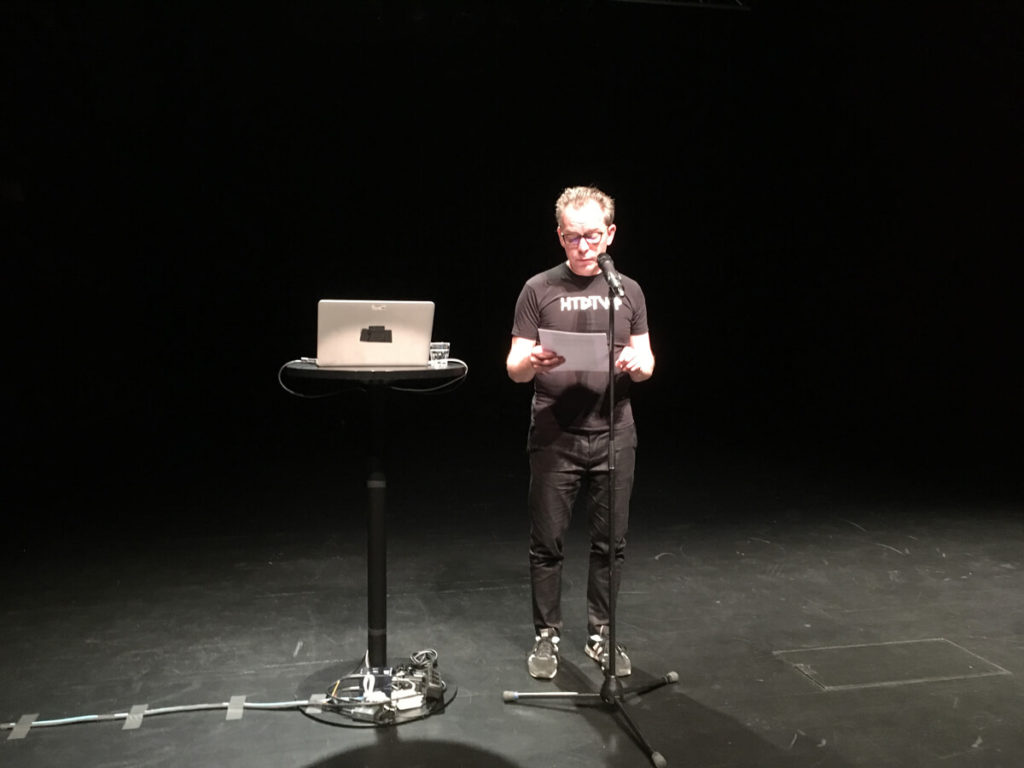
Tero Nauha: “The End”
See short excerpt from the paper (which will be published elsewhere) here: https://www.researchcatalogue.net/view/281037/727836
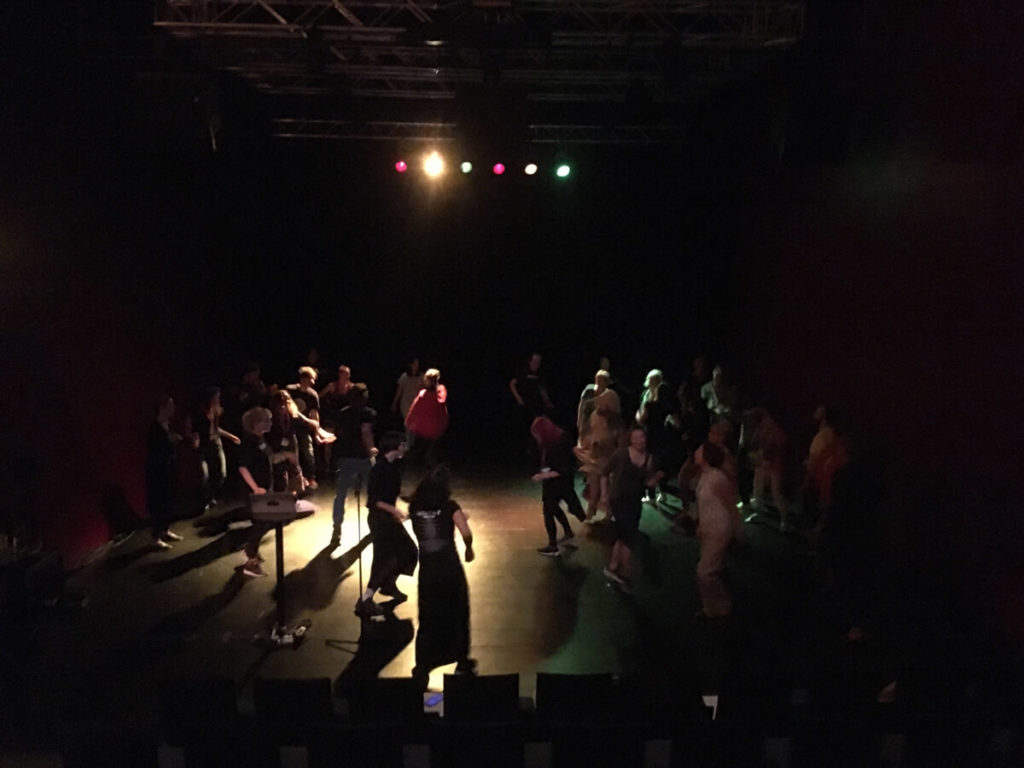
Pilvi Porkola: How to perform ‘the institution’?
See some excerpts: https://www.researchcatalogue.net/view/727101/727102
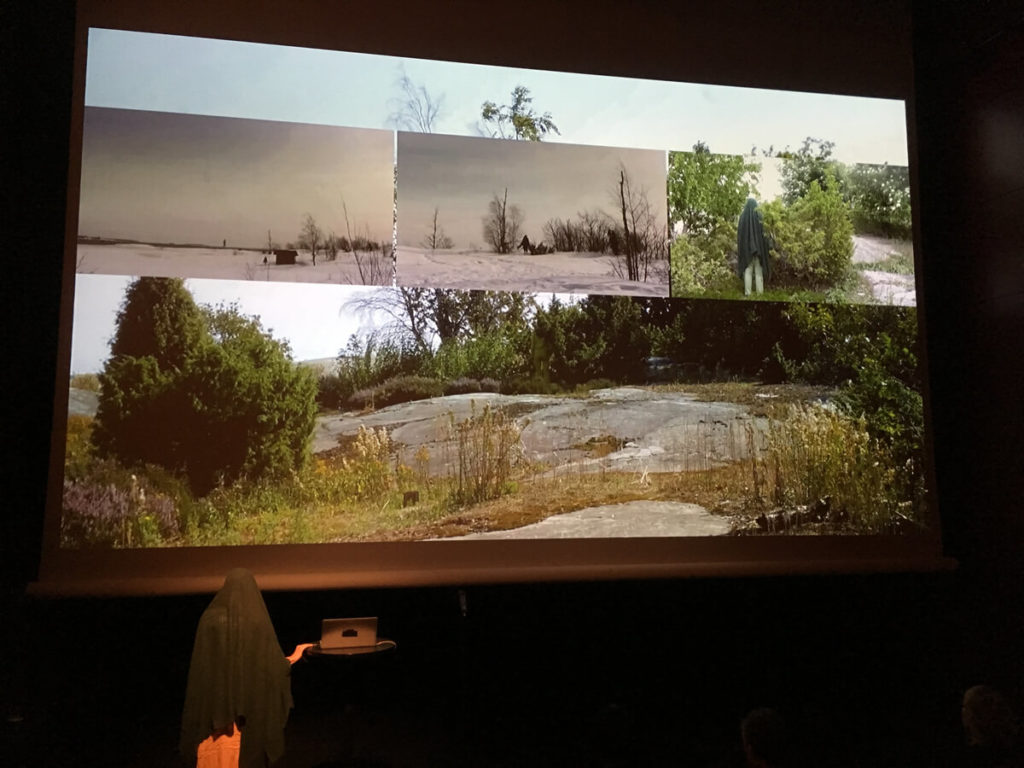
Annette Arlander: “Revisiting the Juniper”
See video and transcript of voice-over text “Dear Juniper” here: https://www.researchcatalogue.net/view/727848/727849
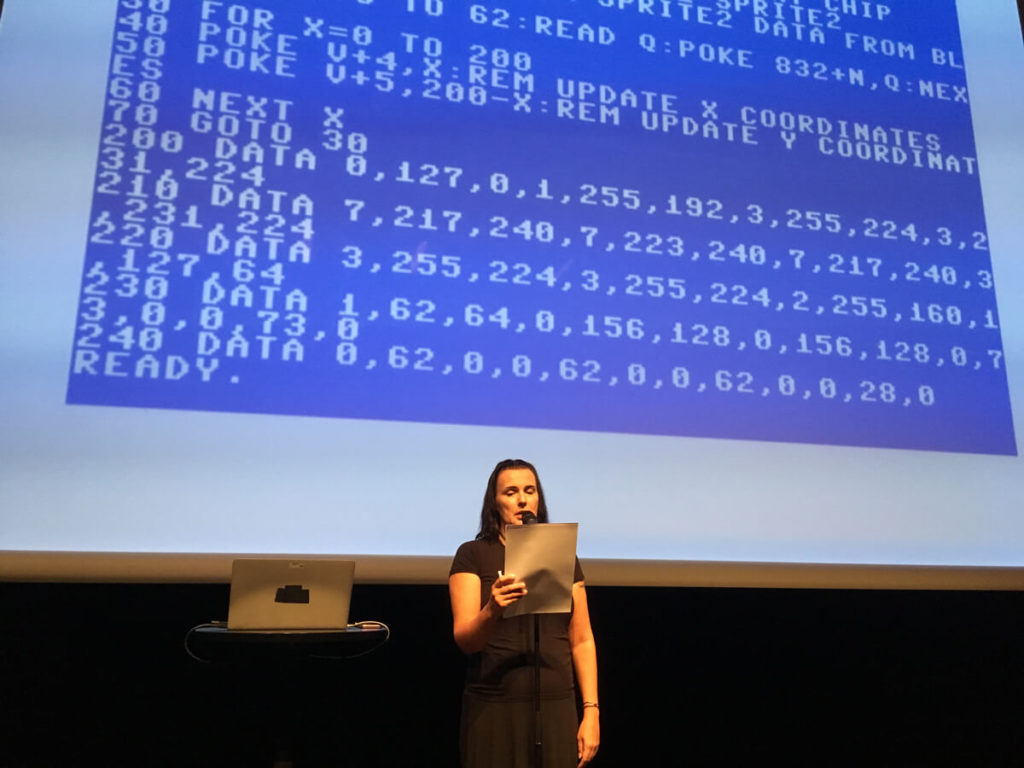
Hanna Järvinen: Aesthetics
See: https://www.researchcatalogue.net/view/724264/724265
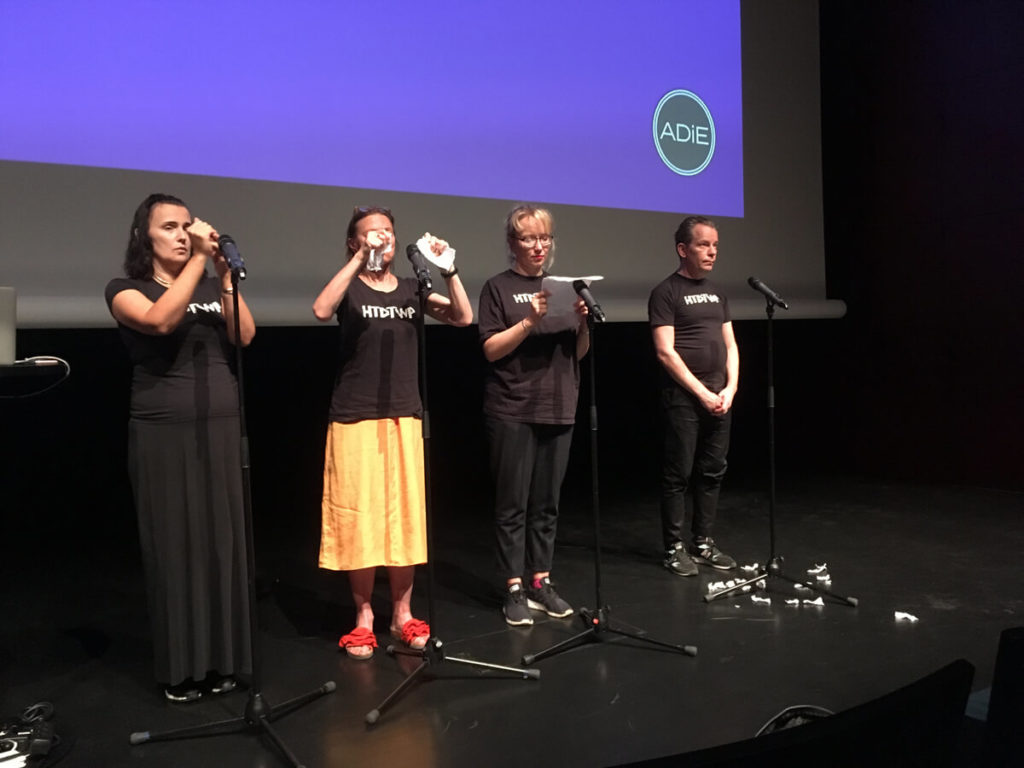
HTDTWP: Sound quartet
Excerpt from the performance: https://www.researchcatalogue.net/view/281037/727871
Concluding remarks, reflections:
In the discussion after the performance one of the interesting remarks was how the power of this presentation was produced by the gaps between the four very divergent approaches, gaps which were not explained in any way. And we also noted that bringing together such a great variety in approaches and to have them coexist could actually be seen as one of the main results or outcomes of this project so far.
Annette Arlander
Annette Arlander, DA, is an artist, researcher and pedagogue. At present, she is professor of performance, art and theory at Stockholm University of the Arts Research Centre and visiting researcher at the Academy of Fine Arts, University of the Arts Helsinki. annettearlander.com.
Hanna Järvinen
Dr Hanna Järvinen, Senior Researcher in the How to Do Things with Performance? project, is University Lecturer at the Theatre Academy of UNIARTS Helsinki, Finland. She is the author of Dancing Genius (Palgrave Macmillan 2014), four edited collections, and a number of articles on dance history, authorship, and canonisation.
Tero Nauha
Tero Nauha is a performance artist, the professor in Performance Art and Theory (LAPS) at the Theatre Academy of the University of the Arts Helsinki, and a postdoctoral fellow at the Academy of Finland funded postdoctoral research project ‘How To Do Things With Performance?’. He was a postdoctoral fellow at the Helsinki Collegium for Advanced Studies in 2017. He defended his doctoral research at the Theatre Academy of the University of the Arts in Helsinki in January 2016. teronauha.com www.uniarts.fi/en/howtodothingswithperformance.
Pilvi Porkola
Dr Pilvi Porkola is a post doc researcher, performance artist, writer and pedagogue. 2017–2018 she was Professor of Artistic Research at the Performing Arts Research Centre of the Theatre Academy, University of the Arts Helsinki. She is the editor of Performance Artist’s Workbook: Essays on teaching and learning performance art (Uniarts 2017).